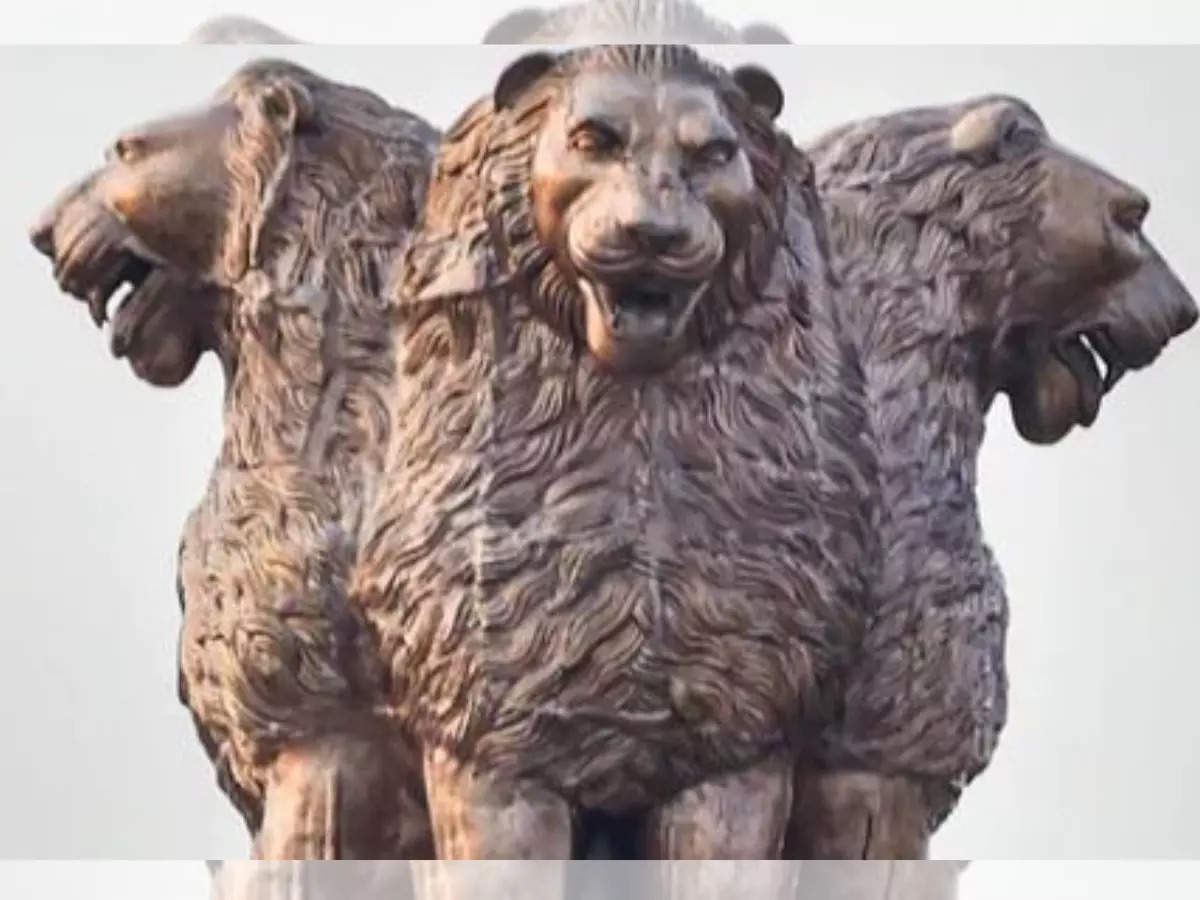
Prime Minister Narendra Modi on Monday unveiled the new statue of the national emblem atop the new Parliament building, which was followed by criticisms by opposition leaders calling it "aggressive" looking and an "insult to India's national symbol."
A ruling party minister however dismissed the criticism saying the statue was a "perfect replica" of the original "except for the size."
The new national emblem cast, which is adapted from the Lion Capital at Sarnath, built during the reign of Emperor Ashoka in 250 BC, is a 9,500kg (20,943 pounds) bronze and 6.5 meter high structure, situated at the top of the Central Foyer of the new Parliament building.
It is said to have gone through eight different stages of preparation from clay modeling/ computer graphics to bronze casting and polishing, as per the officials.
While the controversy still continues, here's what your child should know about the history and significance of the national emblem.
History and significance
The National Emblem is a symbol of national identity and is an adaptation of the Lion Capital of Ashoka at Sarnath, an ancient sculpture dating back to 280 BCE during the reign of the Maurya Empire.
It became the emblem of the Dominion of India in December 1947 and later the emblem of the Republic of India on 26 January 1950. Furthermore, the emblem was adopted along with the motto 'Satyamev Jayate', from the Mundaka Upanishad, meaning 'truth always wins'.
The National Emblem is a three dimensional structure with four Asiatic lions facing back to back, looking towards the four cardinal directions and representing courage, pride, power and confidence. The cylindrical base on which the lions are situated has four Ashok Chakras corresponding to each lion bust. Additionally, it has engravings of animals such as a bull, a horse, and an elephant.
According to certain Buddhist interpretations, all these animals are said to be symbols for Buddha himself and may be carrying forward the tenets of Dharma.
Another interpretation could be that the four animals are a representation of the different stages of Lord Buddha’s life.
The Ashok Chakra is a representation of the Buddhist Dharma Chakra.
The original Lion Capital sits on an inverted lotus abacus, which has not been included in the National Emblem.
It is located at the site of Buddha’s First Sermon, where he shared the four Noble Truths with his disciples.
Currently, the National Emblem symbolizes the Indian government and is the official seal of the President of India, the central and state government.
State Emblem of India (Prohibition of Improper Use) Act, 2005, prohibits improper use of State Emblem of India for professional and commercial purposes.







